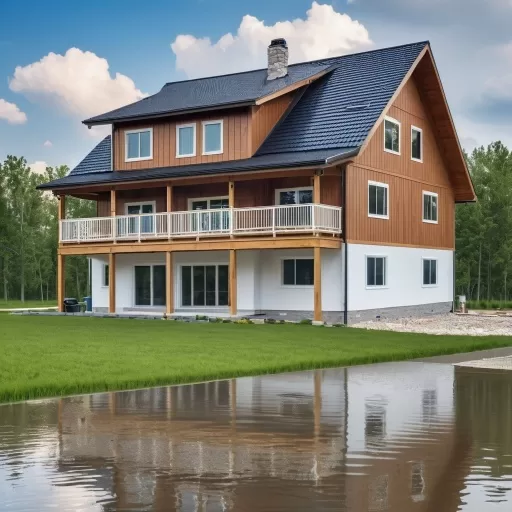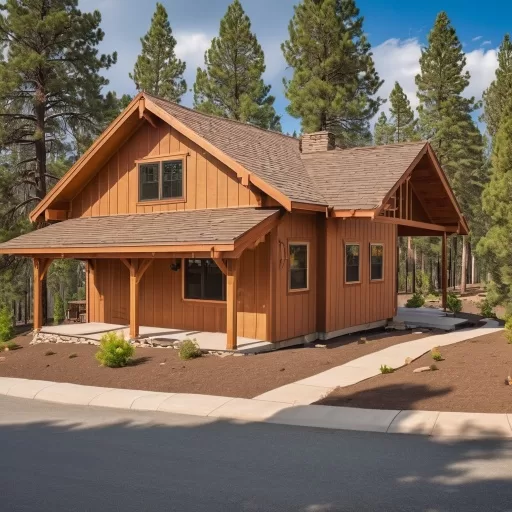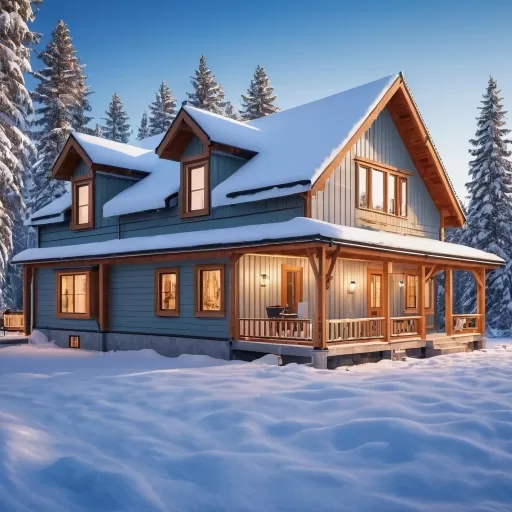Protecting Your Home from Extreme Weather Events
Extreme weather events are becoming more frequent and severe due to climate change. Hurricanes, wildfires, floods, and blizzards can cause catastrophic damage to homes and communities, leading to financial loss and emotional distress. The good news? You can protect your home and loved ones by taking proactive measures to reinforce your property against nature’s unpredictability.

According to the National Oceanic and Atmospheric Administration (NOAA), the U.S. experienced 28 weather disasters in 2023 alone, with damages exceeding $90 billion. These statistics highlight the urgency of protecting your home against extreme weather events.
In this comprehensive guide, we’ll explore the best strategies to protect your home, covering everything from structural reinforcements to emergency preparedness plans. Whether you live in a hurricane-prone coastal region, a wildfire-risk area, or a zone susceptible to flooding, these measures will help you fortify your home against nature’s worst.
1. Assessing Your Home’s Vulnerability
You need to understand its vulnerabilities. Different weather events pose different threats, and your location determines the type of preparation required.
a. Understanding Your Climate Risk
Click here and know more about the main tools to evaluate your home’s risk level.
b. Conducting a Home Inspection
Hiring a professional to assess your home’s foundation, roofing, and drainage systems can help identify weak points. Look for:
2. Reinforcing Your Home Against Hurricanes and High Winds
Hurricanes are among the most destructive weather events, with wind speeds exceeding 150 mph. Taking the right precautions can significantly protect your home.
a. Installing Hurricane-Proof Windows and Doors
b. Strengthening the Roof
c. Creating a Wind-Resistant Landscape

3. Flood-Proofing Your Property
Flooding causes over $17 billion in damage annually in the U.S. Preparing your home now can save thousands in repairs later.
a. Elevating Your Home
If you live in a flood zone, consider raising your home’s foundation at least 3 feet above base flood level.
b. Sealing Entry Points
c. Creating Proper Drainage

4. Defending Against Wildfires
In 2023, wildfires burned over 2.5 million acres in the U.S. If you live in a wildfire-prone area, taking preventive steps can help protect your home.
a. Using Fire-Resistant Materials
b. Creating a Defensible Space
c. Installing Ember-Resistant Vents

5. Preparing for Extreme Cold and Winter Storms
Winter storms cause power outages, frozen pipes, and structural damage. Preparing in advance can help protect your home.
a. Insulating Pipes and Walls
b. Reinforcing the Roof Against Snow Loads
c. Installing Backup Power Sources

6. Creating an Emergency Preparedness Plan
Having a well-structured emergency plan can protect your family and minimize panic during extreme weather events.
a. Building a Disaster Supply Kit
Include:
b. Establishing Evacuation Routes
Know the fastest way to evacuate in case of fire, flood, or hurricane warnings.
c. Staying Informed
Sign up for weather alerts from the National Weather Service (NWS).
7. Insurance: The Last Line of Defense
Even with the best precautions, extreme weather events can still cause damage. Having the right insurance coverage ensures you can recover financially.
a. Homeowners Insurance vs. Specialized Policies
b. Conducting an Annual Policy Review
Ensure your coverage is up-to-date and reflects any home improvements.
Conclusion
Extreme weather events are unpredictable, but your home’s safety doesn’t have to be. By taking proactive measures, you can protect your home and family from hurricanes, floods, wildfires, and winter storms. From reinforcing structures to installing advanced protection systems, every step counts toward creating a resilient home. Investing in preparedness today can save thousands in damages tomorrow and ensure peace of mind when the next storm hits.
